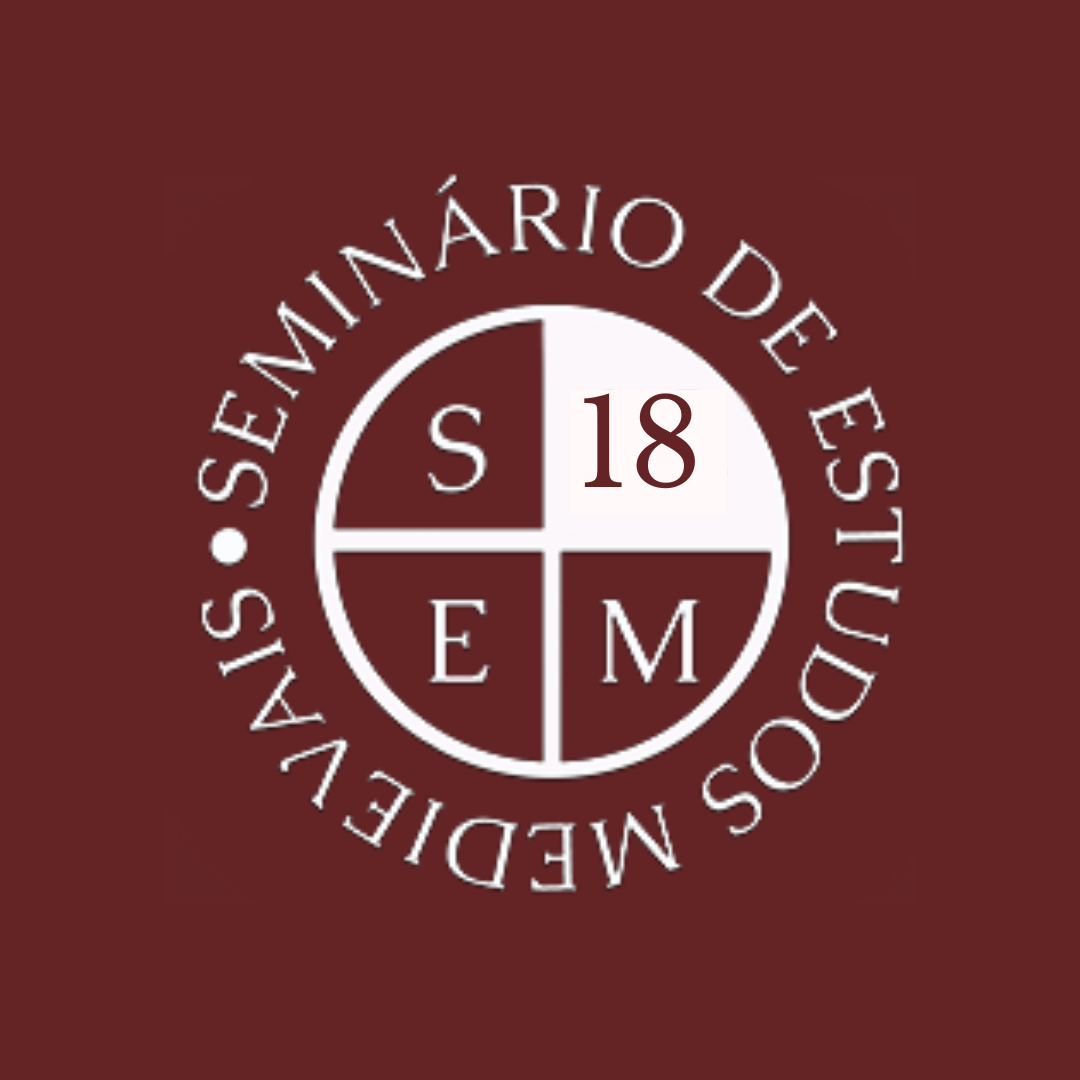Seminar in Medieval Studies: “Iscrizioni di Buon Governo a Lucignano: Medieval writings in an ancient courtroom” – Leonardo Magionami
13th session of the Medieval Studies Seminar
30.11.2018 | 14:00
Edifício ID, Sala Multiusos 3 (Piso 4), NOVA FCSH, Lisbon

In the course of the XIV century, the city of Lucignano, and its surrounding territory, were object of bitter contention between the cities of Siena, Arezzo and Perugia, until they finally became subject to the domain of Siena in 1390 up to mid-XVI century.
During the fifteenth century, a period of peace and prosperity for the city, the room was frescoed with images of illustrious men, a symbol of “buon governo”, and captions aimed at honoring the main function of city; this room welcomes the application of fair justice and honest administration. The pictorial cycle of Lucignano is composed of murals and inscriptions commissioned by clerks and notaries between 1414 and 1475 who carried out their work for the municipality. The “uomini illustri” depicted here are very often accompanied by captions chosen to bring out the concept of justice and “buon governo”, taken from Dante’s Divina Commedia, the Bible, classics, and medieval philosophy, many times followed by the name of the clerk commissioned.
The notaries, who worked as clerks for the municipality, are identified from documentation at the Public Records Office in Siena where the list of county officers between 1399 and 1522 is preserved in the archives of the General Council. This list contains the names of the clerks sent to Lucignano who wanted to leave testimony of their presence through images, mottos and signatures. The project of research and reading the inscriptions in the courtroom was brought about by the need to have an exact interpretation of the late medieval inscriptions seen on the walls and lunettes. The clerks, who passed through Lucignano over a chronological period that runs between 1414 and 1475, left testimony of their presence. Apart from images of characters symbolising justice and good governance, there are a series of mottos and phrases, sometimes elaborate and sometimes quoted directly from the Divina Commedia, the Aeneid, the Bible or medieval philosophers, with the scope of creating an ambiance that invites fair justice and honest administration.
Biographical note
Leonardo Magionami got his Degree in Codicology in the Faculty of Arts (Lettere e Filosofia in Arezzo) of University of Siena and a PhD in Palaeography University of Siena (ciclo XIX). From 2003 he was teacher and tutor of “Master Libro Antico” of University of Siena and “Master on conservation and logistic of Cultural Heritage” organized by Universities of Caen (France), Cassino, Siena and Venice (Italy), Salamanca (Spain). From 1 october 2007 Leonardo is assistant professor of paleography to University of siena where he teachs History of Book, Codicology, Paleography. In addition, he was Visiting professor to University of Jyvaskyla (Fin), Leon (Es), Poitiers (Fr), Saint Petersburg (Ru), Calgary (Ca), Ciudad de Mexico UAM y UNAM y Benemerita Universidad de Puebla, teaching on History of Book, Codicology, Paleography, Mediaeval Epigraphy. Member of AIPD Associazione Italiana Paleografi e Diplomatisti from 2003-; Member of administration council of Public and historical Library in Siena “Biblioteca degli Intronati“ from 2013 to 2018; Member of AIPD Associazione Italiana Paleografi e Diplomatisti from 2003-.
